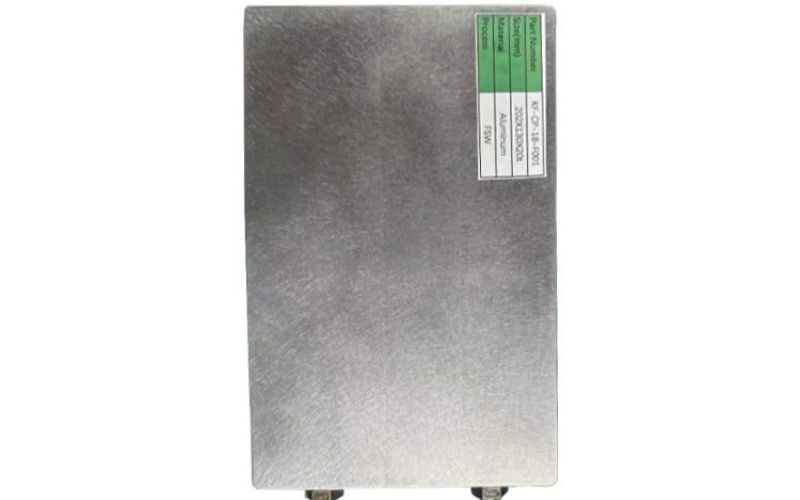The Ultimate Guide to water cooled cold plate: Benefits and Applications
Water cooled cold plate technology has been one of the most essential innovations in thermal management for industrial and military applications. With its heat dissipation capabilities, more and more industries are turning to water cooled cold plates for their cooling needs. In this article, we will discuss the benefits and applications of water cooled cold plate technology.
What is a Water Cooled Cold Plate?
Simply put, water cooled cold plate technology is a type of cooling system that utilizes water to dissipate heat from an electronic component. It typically consists of a metal plate with one or more water channels running through it. The water passes through the channels, absorbing the heat from the plate and then dissipating it through a heat sink or radiator. Traditionally, cold plates were constructed of copper or aluminum but today’s advanced thermal solutions have expanded to include materials such as stainless-steel to further improve upon system longevity, reliability and thermal performance.
The Benefits of Water Cooled Cold Plate Technology
The benefits of water cooled cold plate technology are numerous. Here are some of the most notable advantages:
Eco-Friendly
Water is a natural and environmentally friendly coolant, which makes it an eco-friendly choice. Additionally, it is a sustainable resource that can be recycled or reused in a closed-loop system, which reduces water usage and lowers water discharge costs.
Cost-Effective
Compared to other cooling methods, water cooled cold plate technology is much lower in cost. It requires fewer components, less maintenance and downtime than other cooling methods.
Efficient Heat Dissipation
Water has a high thermal conductivity, which makes it an efficient coolant. Water cooled cold plates are effective in dissipating high heat loads in a variety of applications and industries, including medical imaging and military defense systems. This increases system performance, reliability and longevity, while reducing the risk of component failure.
Compact Design
Water cooled cold plates have a smaller footprint compared to other cooling methods, which makes them an attractive choice for applications with limited space for cooling components such as servers, telecommunications equipment, and power electronics.
Quiet Operation
Water cooled cold plates operate quietly compared to other cooling methods, such as fans or pumps. This is beneficial for applications where noise levels need to be kept to a minimum.
Applications of Water Cooled Cold Plate Technology
Water cooled cold plates are used in a wide range of industries and applications. Here are some of the most common:
Medical Equipment Cooling
Medical imaging equipment such as MRI and CT scanners generate high heat loads that need to be dissipated efficiently. Water cooled cold plates are highly effective in dissipating heat from medical equipment and are widely used in the medical industry.
Power Electronics Cooling
Power electronics generate a considerable amount of heat, which can impact performance and reliability. Water cooled cold plates are highly efficient in dissipating heat from power electronics and are widely used in power electronics cooling applications, including electric vehicles, renewable energy systems, and laser diode cooling.
Telecommunications Equipment Cooling
Telecom equipment such as servers and routers generate large heat loads that require efficient cooling. Water cooled cold plates are highly effective in dissipating heat from telecom equipment and are widely used in telecom cooling applications.
Aerospace and Military Defense
Cold plates are widely used in aerospace and the military defense industry in applications that require reliable and efficient cooling solutions, such as air-to-air missile guidance and control systems, avionics, and power electronics.
Automotive Industry
Cold plates are used in electric vehicles and hybrid vehicles to cool batteries and engine systems. Water cooled cold plates are highly effective in cooling high-heat-generating-components such as electric motors and power electronics.
Industrial Automation
Cold plates are also widely used in industrial automation for cooling power electronics, lasers, and plasma devices.
Conclusion
Water cooled cold plate technology offers many benefits, including cost-effectiveness, eco-friendliness, high efficiency in heat dissipation, and quiet operation. They are used in a wide range of industries and applications, including medical equipment cooling, power electronics cooling, telecommunications equipment cooling, aerospace and military defense, automotive industry, and industrial automation. In short, water cooled cold plate technology is an essential thermal management solution for various applications that require efficient and reliable cooling technology.

